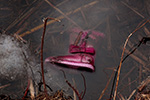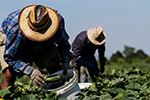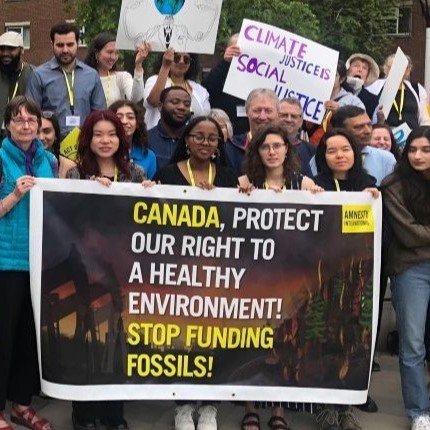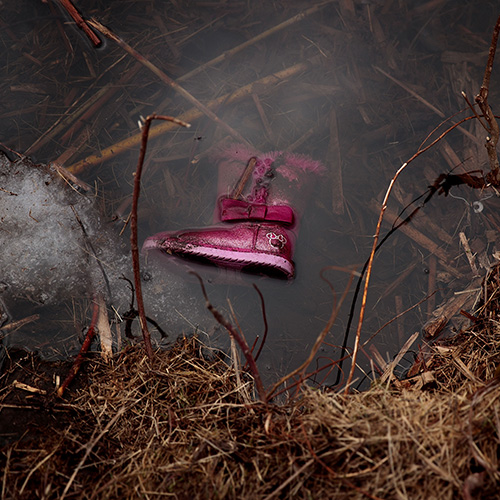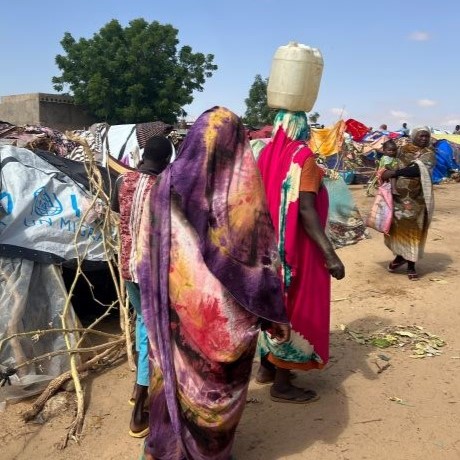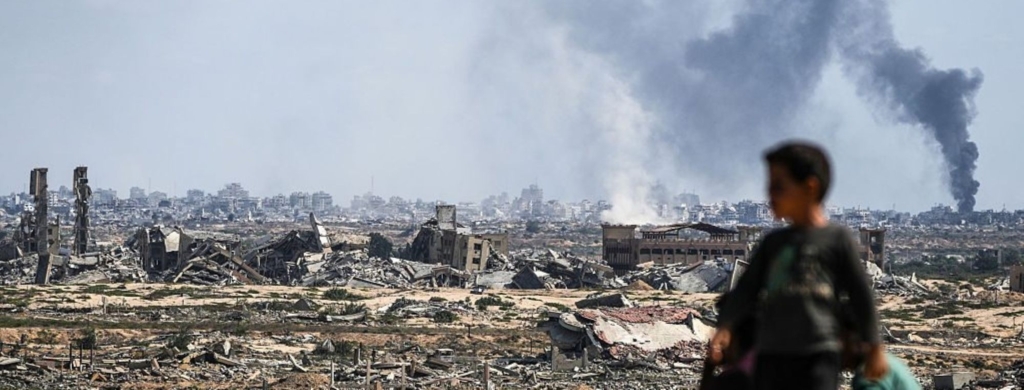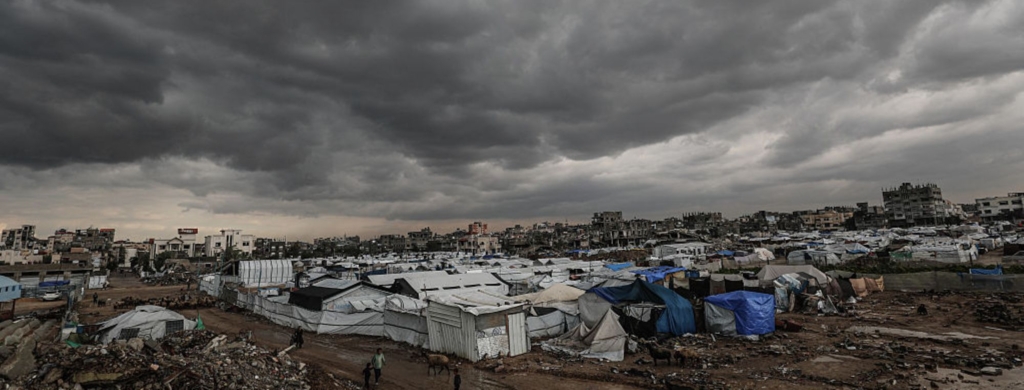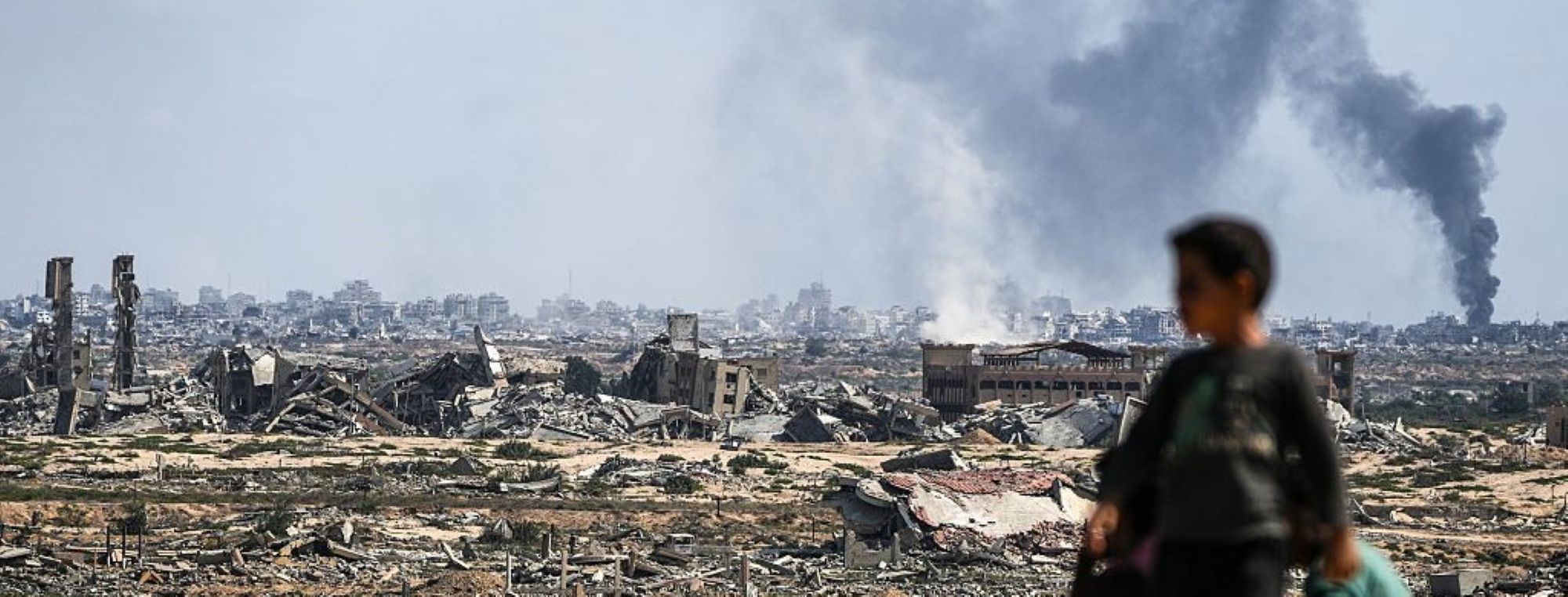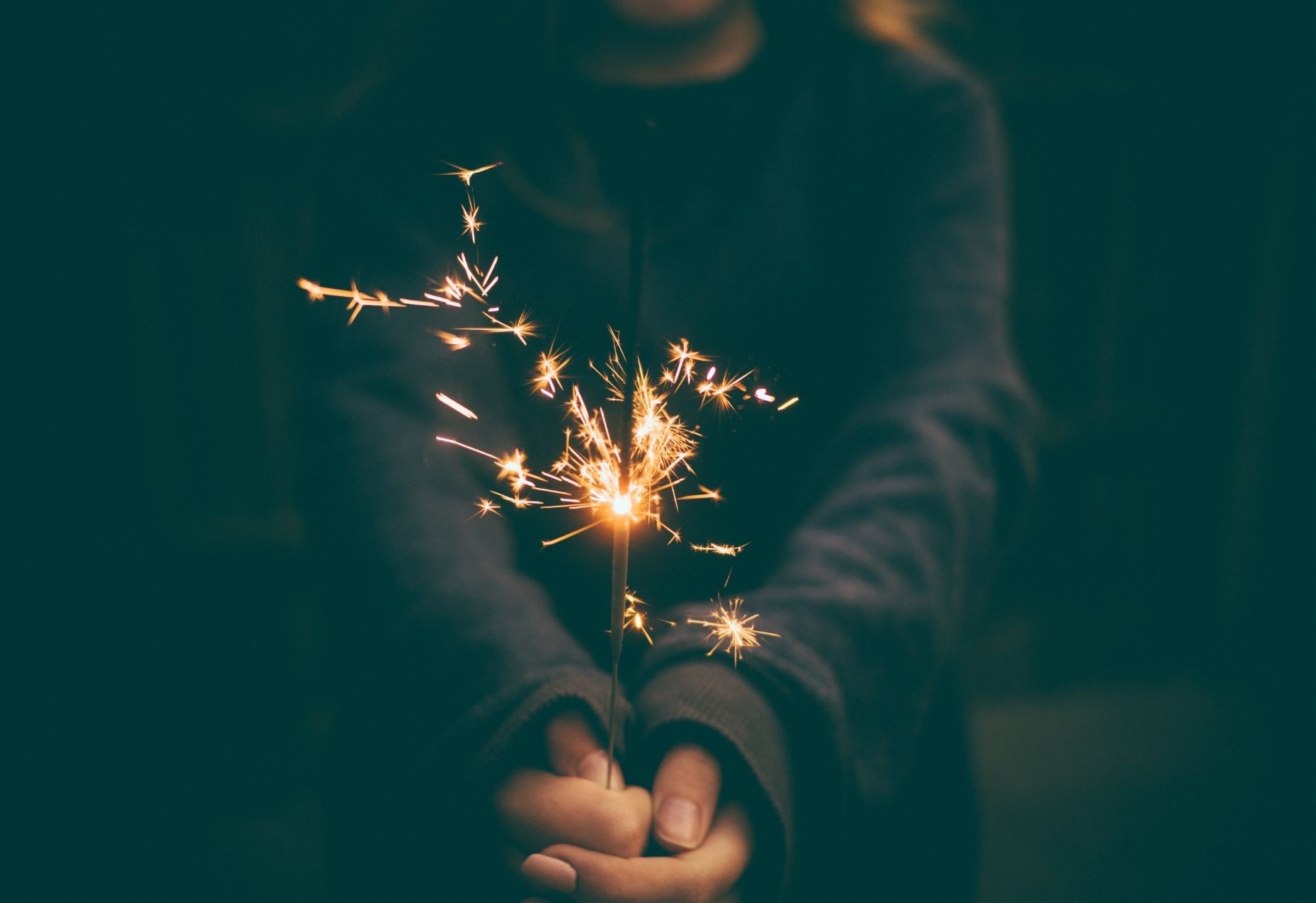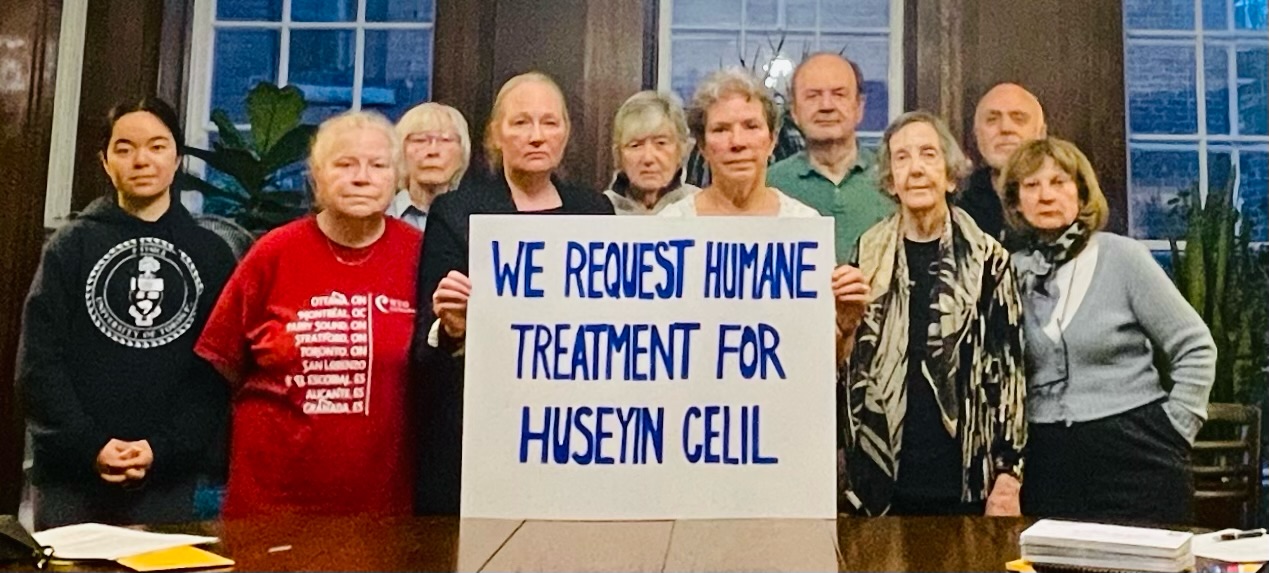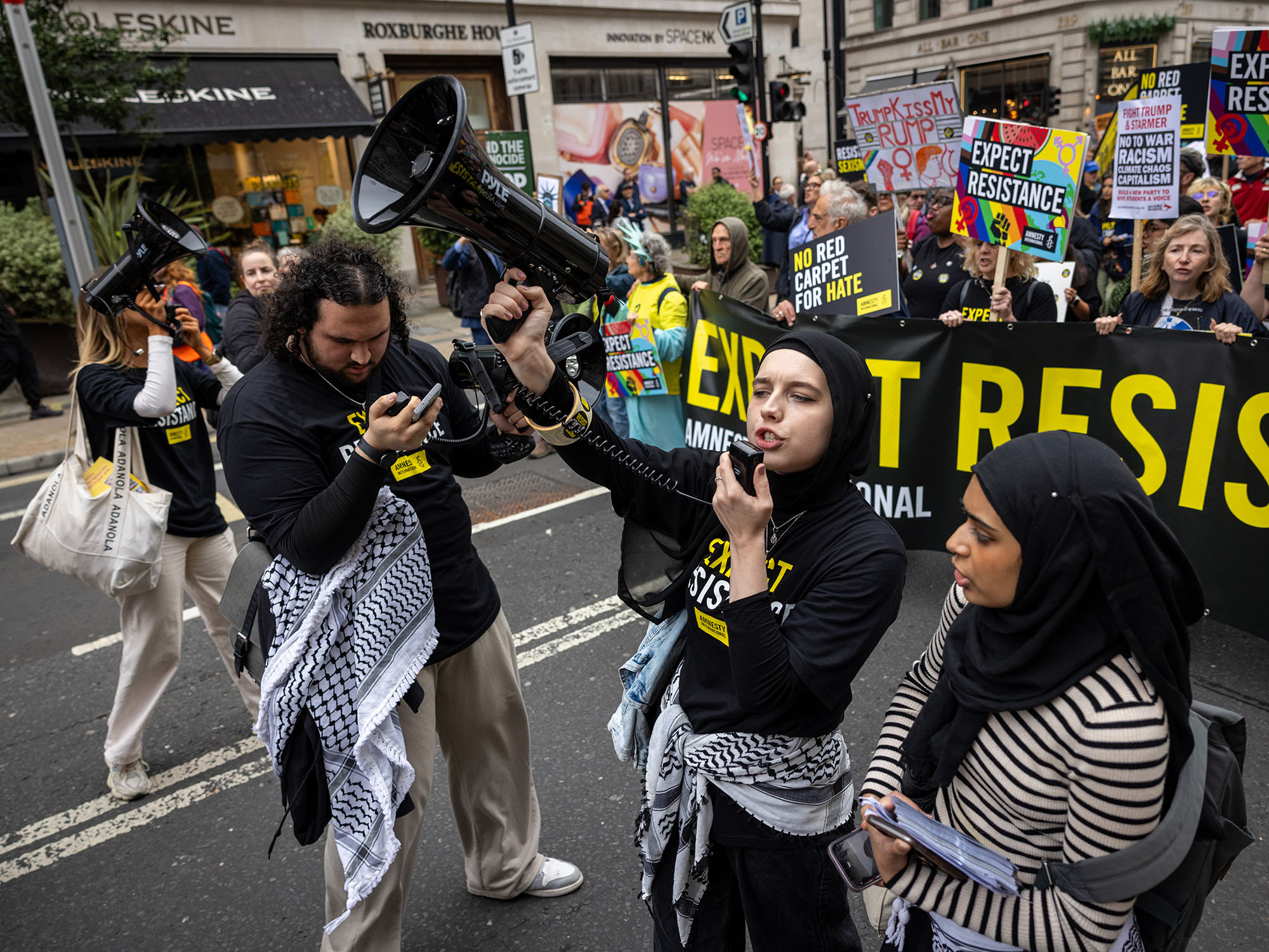Dr. Cindy Blackstock, a member of the Gitxan Nation, is a prominent researcher and advocate for the rights of children. As Executive Director of the First Nations Child and Family Caring Society, Cindy has brought a landmark discrimination case to the Canadian Human Rights Tribunal to challenge the federal government’s chronic underfunding of children’s services on First Nations reserves and for First Nations children in the Yukon. The closing arguments in that hearing will take place October 20-24 and will be webcast live at fnwitness.ca.
We spoke with Cindy as part of a series of conversation with Indigenous advocates and leaders to mark the 10th anniversary of Amnesty International’s report Stolen Sisters: A Human Rights Response to Discrimination and Violence against Indigenous Women in Canada.
You’ve said that the government is removing more First Nations children from their families and communities today than at the height of the residential school era. What’s happening? Why are so many First Nations kids being taken into care?
What we know from the research is that First Nations children are being removed at astonishing rate because of neglect. When I talk about neglect I mean poverty, poor housing, and substance misuse related to the residential school trauma. All of those are things we could do something about. But unfortunately, like many other programs on First Nations reserves across Canada, child welfare is underfunded – according to the Government of Canada’s own estimates by about 34% compared to what other children in Canada receive. And the Government of Canada says itself that this level of inequitable funding contributes to the growing numbers of First Nations children in care.
So we can see the direct connection between the multi-generational impacts of residential schools and colonization to the lack of culturally-based resources on reserve to the high numbers of children ending up in foster care.
That’s why this case is so important. We want to make sure those families have an equal chance to raise their children at home.
In its official apology to residential school survivors, the Canadian government acknowledged that the harm that was inflicted didn’t stop with the physical and sexual abuse of students, but that there was also a lasting harm caused by the removal of children from their families and cultures. Do you see the continued removal of children from their families and culture today as inflicting new harms to the children and their communities, just like the residential school era?
Absolutely.
One of the documents that literally took my breath away when I was a witness at the Human Rights Tribunal was a spreadsheet that was prepared by the Department of Indian Affairs about the number of First Nations children in foster care. It doesn’t just say that in a given year you have 9000 kids in foster care, it actually talks about it in a way that kids would think about it, which is how many nights have I been away from my family? It added up the number of nights that First Nations kids on reserve and in the Yukon spent in foster care between 1989 and 2012. Cumulatively, First Nations children have spent over 66 million nights away from their families. That’s 187,000 years of childhood. And in too many cases those children are being placed in non-Aboriginal homes where they’re not learning their culture, they’re not learning their connections to their families, they’re not learning their languages.
So I would argue that we’re going to see many of those same harmful effects in this generation of First Nations children that we saw in residential schools if we don’t stop what we’re doing right now and make sure these kids have a proper chance to grow up with their families because that’s where they learn their cultures.
There has been a growing movement across Canada demanding action on missing and murdered Indigenous women and girls, not just about investigating the crimes, but dealing with the root causes that are putting these Indigenous women and girls in danger in the first place. Do you think that the kinds of harm caused by the massive levels of removal of First Nations children from their families are part of these root causes?
Absolutely. We need to look no further than the tragic recent case of Tina Fontaine who was a child in care. And all these adults who are at risk and vulnerable today were once children who were at risk and vulnerable.
There’s a famous study called the Adverse Childhood Experiences study, the ACE study in the United States, which showed that when children have multiple experiences of harm – it could be a child who is in a home where there are multigenerational effects of residential schools, where there is poverty, where there is no clean drinking water as is the case in 1 in 6 First Nations communities, and where they’re going to a lousy school – if you add up all those things, those experiences are going to play out well through their adulthood. In fact, it even puts them at higher risk for things like coronary disease and diabetes.
So you can see that the seeds we plant in childhood have lifelong consequences. If we plant seeds of discrimination then we set in play a strong likelihood of a tragic and difficult adulthood. But if we plant seeds of justice and equality and culture that breeds self-confidence, we’re going to see those same positive experiences grow throughout their lives.
What I don’t want to see is another generation of First Nations adults having to recover from their childhoods as so many survivors of the residential schools have had to do and as so many families of the murdered and missing women are now doing.
What outcome are you hoping for with the case that’s you’ve brought before the Canadian Human Rights Tribunal?
I’m pretty optimistic that the Tribunal, based on the overwhelming evidence of inequality and the harms to these kids, is going to find that Canada has discriminated against this generation of First Nations children. The most important thing to me though is the remedy. We brought this case because we want the problem fixed.
We were kind of naïve in that we used to think we could fix the problem by working with the government, which we did for a period of ten years before filing this complaint, and identifying evidence-based solutions that the federal government could more than afford. In fact, when we brought forward the last proposal, developed with 20 leading experts from across Canada, it would have cost less than 1 percent of the surplus budget for the federal government to do the right thing for these kids and the government walked away.
So I really want that remedy implemented for child welfare. But I also want these same inequalities that affect children in health, education and water to end. As a country we need to do better than continuing this longstanding pattern of discrimination against First Nations children, young people and their families. They deserve equality going forward.
Thank you, Cindy. Is there anything you wanted to add?
I would say that the role of the public is really critical. Reconciliation to me is about not having to say sorry a second time.
If you want to learn about this case that’s before the Canadian Human Rights Tribunal, you can go online at our website www.fnwitness.ca where you’re going to find all the court documents. And on October 20 to 24th, you’ll be able to watch the closing argument via a live webcast, free of charge, and you’ll hear all sides of the case.
In my view, there is no more important legal case in the country right now. As the saying goes, this one drives a red hot poker stick into the conscience of the nation. If the federal government is indeed discriminating against First Nations children in foster care, that should be at the top of everyone’s policy agenda, moral agenda, and political agenda because it’s totally out of step with the values that the country stands for,
So please do watch. Don’t turn away. We really do need all of your help and your support as we move forward to build not only a more just world for First Nations kids, but to build a better future for Canada in the process.










